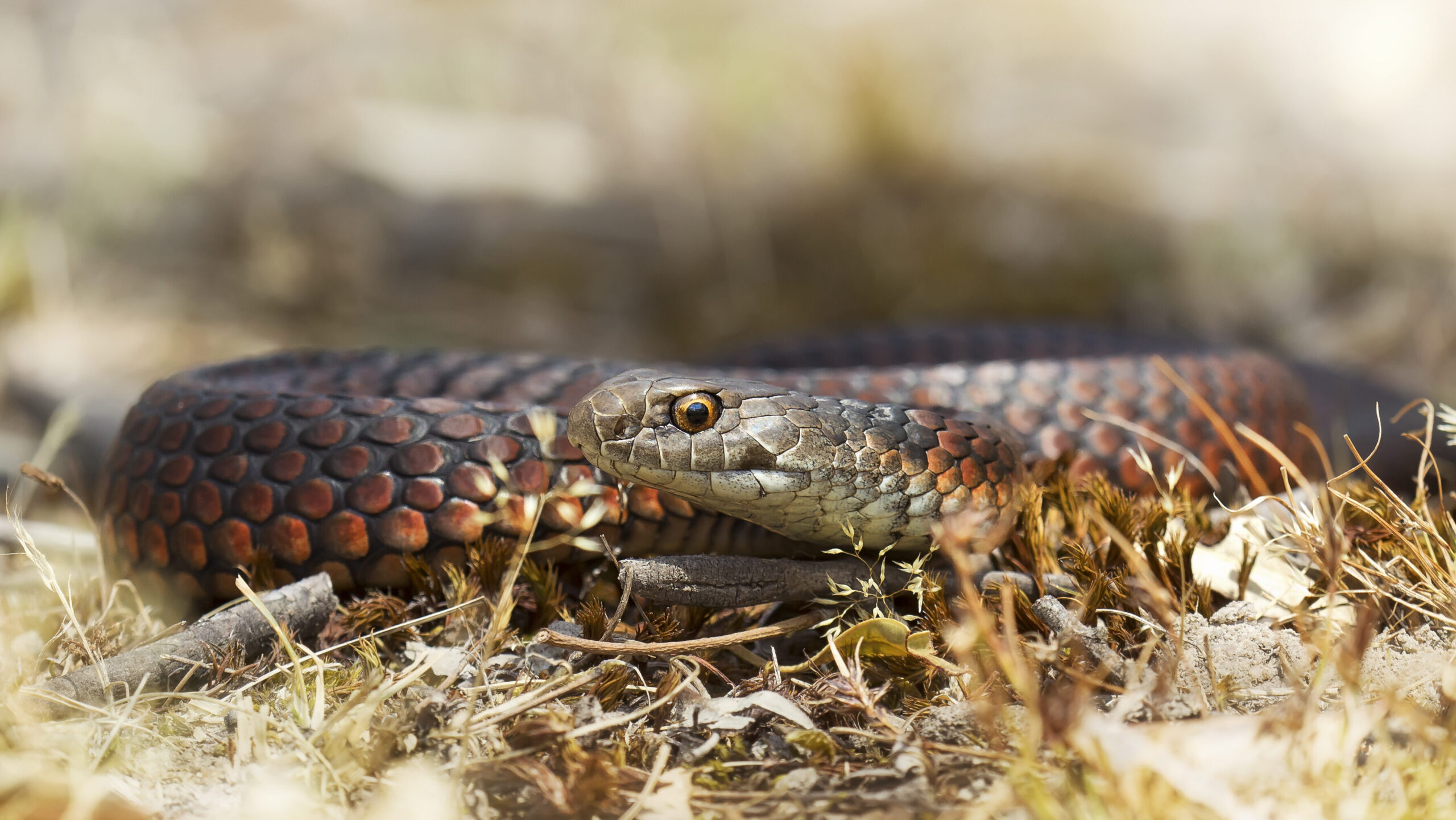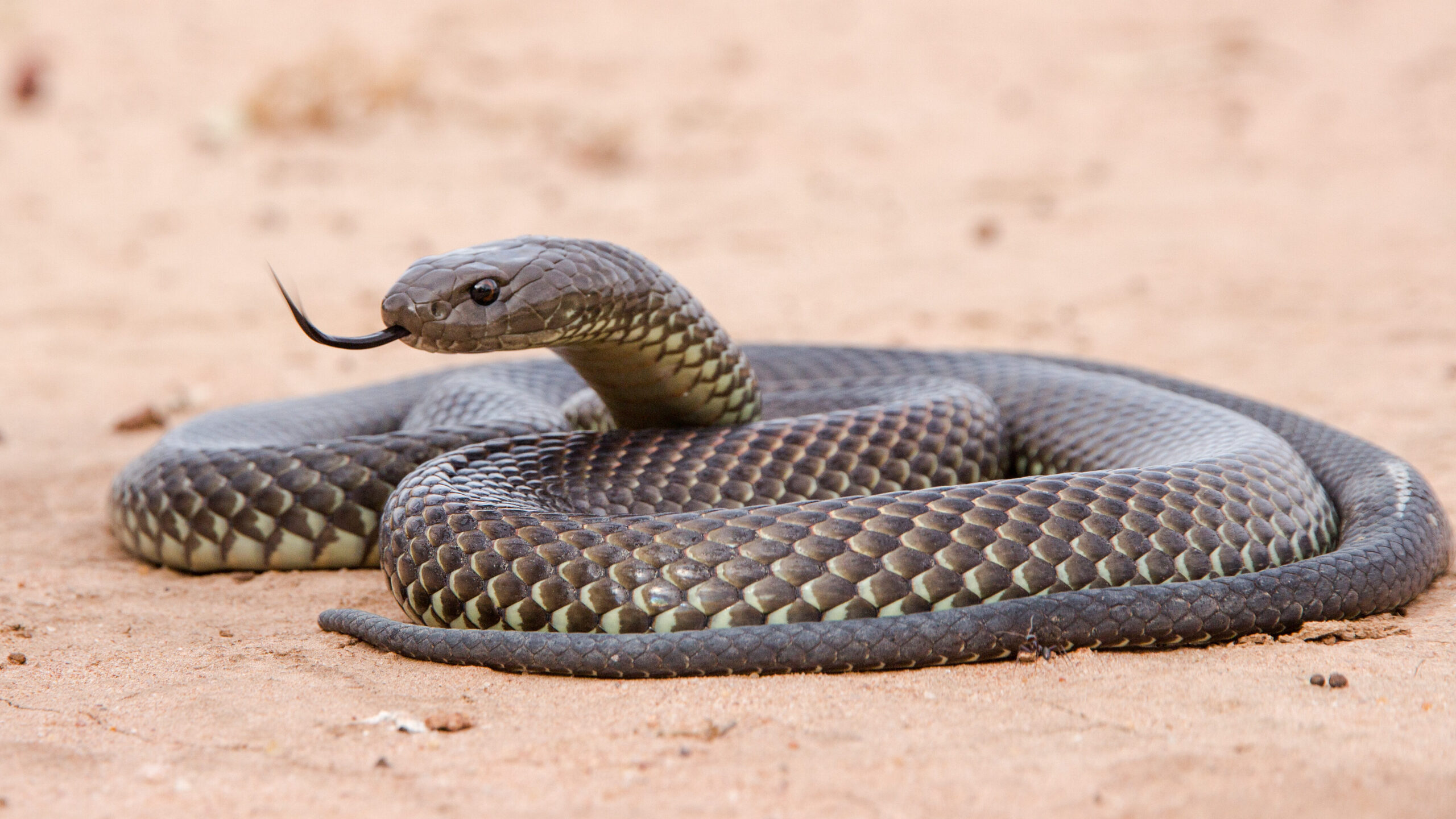Introduction
When it concerns venomous serpents, Australia is home to several of the most remarkable and dangerous varieties worldwide. Among these, the Tiger Snake attracts attention not just for its powerful venom however also for its interesting actions. Comprehending the behavior of poisonous snakes like the Tiger Snake is important for both wild animals lovers and those residing in areas where these snakes exist. This Find out more short article looks into different facets of Tiger Serpent habits, habitat, recognition, safety measures, and emergency treatment techniques in situation of a serpent bite.
Understanding the Habits of Venomous Snakes Like the Tiger Snake
The Tiger Snake, clinically referred to as Notechis scutatus, is infamous for its hostile nature when endangered. These snakes exhibit a range of behaviors that can be fairly different from their non-venomous counterparts.
Characteristics of Tiger Snakes
The Tiger Snake is easily identifiable as a result of its distinct bands or red stripes that look like a tiger's markings. They can differ in color from yellowish-brown to dark olive or black. This pigmentation serves not just as camouflage however also as a caution signal to potential predators.
Adaptability to Environment
One remarkable element of their behavior is their versatility to numerous settings. Located mostly in coastal regions, marshes, and wetlands throughout Australia and Tasmania, they can grow in varied habitats including urban areas.
Hunting Techniques
Tiger Snakes are ambush killers mainly feeding on fish, frogs, and tiny mammals. They possess keen eyesight and an acute sense of odor which helps them in situating victim effectively.

Venom Composition
Their venom has neurotoxins that affect the nerve system, bring about paralysis or fatality in smaller pets. For humans, immediate clinical focus is vital after a tiger snake bite as a result of its potentially deadly effects.
Natural Environment of Tiger Snakes
Preferred Locations
Understanding where these snakes stay clarify their behavior patterns. The tiger serpent habitat consists of:

- Coastal regions Swamps Grasslands Urban areas with bountiful water sources
Seasonal Movements
During warmer months, Tiger Snakes are much more active as they indulge in sunlight or hunt for food. In contrast, cooler months see them pulling back right into hibernation sites.
Are Tiger Snakes Venomous?
Yes! The concern "are tiger snakes poisonous?" often develops among those not familiar with this types. Their poison is thought about among the deadliest among all snake types worldwide.
Symptoms of a Tiger Serpent Bite
If bitten by a tiger serpent, signs may include:
- Localized pain Swelling at the bite site Nausea and vomiting Sweating and confusion
Immediate medical aid is vital as unattended bites can http://alexisldeh144.huicopper.com/a-novice-s-guide-to-australian-snakes-focus-on-tiger-snakes cause extreme wellness problems or perhaps death.
First Aid for Snake Bites: Quick Reaction Guide
Knowing just how to administer emergency treatment for a snake bite can save a person's life. Right here's what you need to do:
Step 1: Continue to be Calm
Keeping calm helps decrease heart price which decreases venom spread.
Step 2: Immobilize the Affected Area
Keep the impacted limb still and listed below heart level if possible.
Step 3: Call Emergency Situation Services
Always look for professional clinical aid instantly after a serpent bite.
First Help for Snake Bite Kit Essentials
A fully equipped snake bite emergency treatment kit should include:
- A compression bandage Antiseptic wipes A pair of scissors An ice bag
Safety Precautions: Protecting against Snake Bites in Australia
Awareness Programs
Educating communities about neighborhood snake species and their actions can dramatically minimize experiences bring about bites.
Avoiding Dangerous Areas
Staying away from long grass during warmer months decreases call with serpents that could be relaxing or hunting.
Common Misunderstandings Concerning Tiger Snakes
Many people believe misconceptions regarding the habits of tiger serpents lead to unnecessary anxiety. Right here are some clarifications:
Myth 1: All Tigers Are Aggressive
Not all tiger serpents will certainly show hostility if left undisturbed; numerous choose fleeing rather than confrontation.
Myth 2: They Chase Humans
Tiger snakes do not actively chase humans; they may strike when they feel threatened but will normally pull back if provided space.
http://jeffreyopqi636.lucialpiazzale.com/king-brown-snakes-vs-tiger-snakes-identifying-australia-s-most-dangerous-serpents
Conservation Efforts Associated with Poisonous Snakes
Conservation efforts concentrate on enlightening communities concerning securing local wild animals while lessening human-snake interactions.
Importance of Ecosystems
Understanding that venomous snakes play a necessary function in maintaining eco-friendly balance assists foster recognition instead of worry in the direction of them.
FAQs Regarding Tiger Snakes
What must I do if I experience a tiger snake?- Maintain range and slowly retreat without unexpected movements.
- While attacks aren't exceptionally common as a result of understanding initiatives, they still take place yearly within Australia.
- Baby tiger serpents can provide full doses of venom regardless of being smaller; thus caution is advised around them.
- They mostly take in frogs, fish, tiny animals like rats, and other reptiles.
- It's illegal in the majority of territories without proper licensing because of safety worries regarding their venom.
- Wear sturdy boots and stay on marked tracks; look before putting hands or feet into hidden rooms like rocks or logs.
Conclusion
Understanding the actions of poisonous serpents like the Tiger Snake not only improves our knowledge but additionally advertises safety and security recognition among those living near their habitats. From identifying their characteristics, understanding emergency treatment protocols following a bite, through involving preservation efforts-- every aspect plays an essential role in fostering coexistence with these fascinating reptiles while respecting their area within our ecosystem.
As we grow our understanding with education and learning and experience, we contribute positively towards making sure both human safety and wild animals preservation-- profiting all parties involved!
